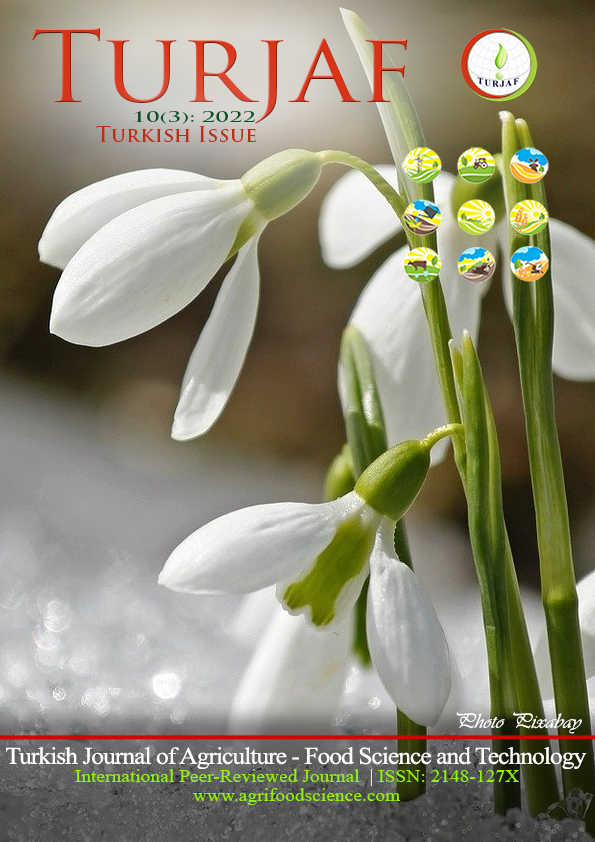Phytoplasma: Transmission, Disease Development and Functional Genomics
DOI:
https://doi.org/10.24925/turjaf.v10i3.404-410.4665Keywords:
Phytoplasma, Functional genomics, Transmission, Vector, DiseaseAbstract
In recent years the number of phytoplasma diseases that negatively affect yield and quality of many plants has been increasing around the world. As is known grafting, plant propagation materials (seed, bulb, tuber), parasitic plants and insect vectors play active role in the spread of phytoplasmas causing these diseases. These organasim which get through plate in the sieve tube element and systemically colonize the plant, it invade and multiply salivary glands, midgut, heomocel, brain and fat tissue after sucking up insect body with stylet. Subsequently they continue the cycle by moving to a new plant with a diseased insect feeding on a healthy plant. Although the existence of functional genomics in this cycle is known, there is little information about transmission of phytoplasma from vector to host plant or from host plant to vector, the mechanism of disease caused by phytoplasma in the plant and genomics involved in different reactions in the host plant against phytoplasmal infection.Downloads
Published
16.03.2022
How to Cite
Mezreli, Z. (2022). Phytoplasma: Transmission, Disease Development and Functional Genomics. Turkish Journal of Agriculture - Food Science and Technology, 10(3), 404–410. https://doi.org/10.24925/turjaf.v10i3.404-410.4665
Issue
Section
Review Articles
License
This work is licensed under a Creative Commons Attribution-NonCommercial 4.0 International License.

























